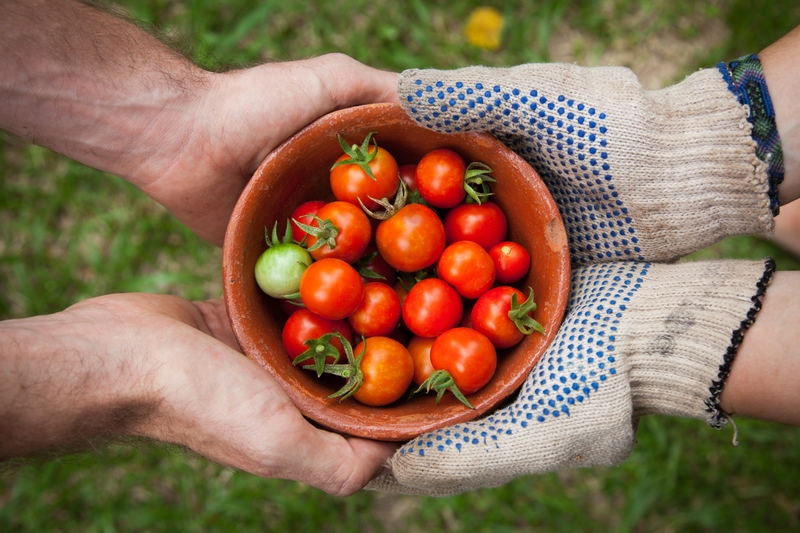You are what you eat, and so is the planet!

Should something happen that wipes out the world’s wheat crops, thousands of people are at risk of starvation.
Luckily for us here in the Nordic Region, Nordic diversity of cultivated plants is stored in Skåne in Sweden, in the form of 33,000 seed samples! The seeds are precious. They can lead to the development of new wheat varieties and the rediscovery of forgotten species. However, of the almost 30,000 edible plants on our planet, we only cultivate around 170 on a commercial scale. In large fields growing the same plant over square kilometre upon square kilometre, there is no natural resistance to diseases and pests.
To create more sustainable agriculture, we need to change the way we eat and grow our food.
Nordic co-operation has preserved around 500 plant species in freezer boxes in Svalbard in Norway, and Alnarp in Sweden. There are a total of 33,000 seed samples from different varieties of these species.
There are also some exciting and forgotten flavours stored here. Cabbage with useful antioxidants, and sweet bush tomatoes adapted to our Nordic climate.
The diversity of seeds and their genes is crucial to being able to develop our crops to withstand a warmer and wetter climate with more extreme weather, more plant diseases, and new pests, all of which we need to get used to.
Fact:
- The loss of genetic diversity among wild crops means there is less opportunity for our cultivated crops to adapt to future climate change and diseases.
- The diversity of our region’s cultivated plants is stored in Skåne in Sweden, in the form of 33,000 seed samples, which also have a backup in Svalbard, Norway.
Here’s what you can do:
- Protect biodiversity and the climate by eating what grows nearby. Plant protein from plants that can grow in the Nordic Region benefits cultivated biodiversity here and reduces the risk of depletion elsewhere in the world.
- Eat more variety – why not try swede or turnip instead of pasta next time you shop?
- Do you have a garden or balcony? Grow your own food and choose some older varieties to save them from disappearing.
- Buy milk, cheese, and meat from nearby farms, made from our old country breeds that graze in meadows and pastures. They help to maintain the biodiversity that they themselves are part of and also increase carbon storage in the soil.